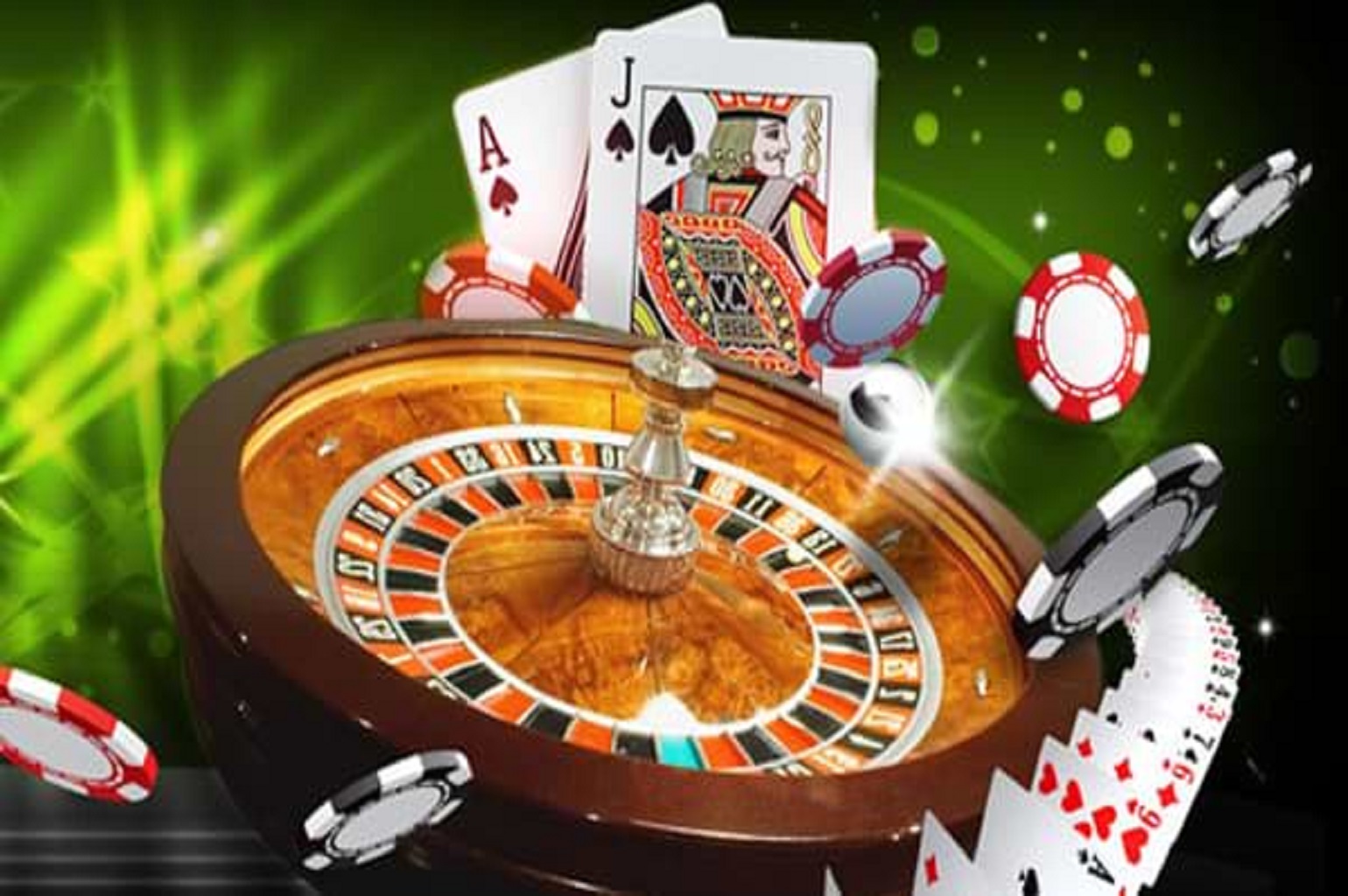Inside Look: How Gambling Games Are Made

In the shadows of the glittering illuminations plus the enticing sounds of rotating reels lies an dynamic world in which innovation meets numbers: the creation of casino games. While players converge to gaming establishments seeking thrills plus the possibility of striking it rich big, a vast amount of effort takes place behind closed doors to create these games for their enjoyment. From the starting concept to the final product that players interact with, numerous elements come together to ensure an captivating play experience.
Designers, technicians, and game creators work together to merge cutting-edge technology with enthralling gameplay features. Every aspect, from graphics and sound effects to odds plus returns, is meticulously crafted to attract players plus keep them entertained. Understanding the intricate process of the way casino games are made reveals not only the technical skills required but also the artistic vision that brings these immersive experiences to life.
Game Design Workflow
The design process starts with idea generation and concept development, where creators generate ideas for new casino games. This initial phase often involves pinpointing potential audiences and understanding market trends. Designers take into account elements such as game mechanics, themes, and payout structures to develop an immersive experience. Collaboration between game designers, mathematicians, and artists is essential to ensure a balanced concept.
Once a concept is selected, the next stage involves prototyping and testing. Designers build a functional version of the game to evaluate its playability and mechanics. This allows for adjustments and refinements based on feedback from testers. Reiteration is vital, as designers may go through multiple rounds of evaluations to fine-tune gameplay balance and user experience. This stage is essential for identifying any potential issues before the game is finalized.
After testing, the game moves into development and production. This includes the technical aspects of coding the game software, integrating graphics, and ensuring compliance with gaming regulations. Quality assurance testing ensures that the game functions seamlessly across different platforms and devices. Once everything is polished, the game is prepared for launch, usually accompanied by promotional tactics to attract players and generate buzz around the new casino offering.
Technology and Development
The development of casino games has transformed significantly with progress in tech. Modern game design often includes high-quality graphics, engaging sound effects, and interactive animations that deliver a compelling experience for gamers. Game developers use sophisticated software tools and programming languages to create these interactive gaming experiences. Additionally, the use of RNGs ensures fairness and unpredictability in outcomes, which is essential for maintaining player trust and compliance with gaming regulations.
In recent years, the rise of online casinos has pushed the limits of game development even further. Developers are now able to create games that appeal to a worldwide audience, incorporating features such as live dealers and VR environments. This shift has encouraged creativity, leading to unique game mechanics and formats that enhance player engagement. king88 com Mobile gaming has also become a key focus, encouraging developers to optimize games for smartphones and tablets, ensuring availability and ease of access for players on the go.
Collaboration among creators, artists, and mathematicians is essential in the creation process. Each team contributes their expertise to ensure games are not only aesthetically pleasing but also statistically accurate and enjoyable. The integration of player feedback during testing phases allows developers to enhance game features and functionalities, ultimately leading to a positive launch. As technology continues to advance, the potential for new game concepts and experiences is unbounded, promising an thrilling future for casino games.
Assessing and Quality Assurance
Once a gambling game has been designed, it moves into the critical phase of evaluation and quality control. This phase ensures that the game operates flawlessly and provides a fair experience for users. Teams conduct comprehensive tests, including operational checks to ensure that all game features work as planned. Each element, from visuals to audio, is assessed to ensure quality benchmarks are met.
In addition to operational testing, the game entails stringent compliance checks to meet compliance requirements. Multiple jurisdictions have specific regulations governing game fairness and player protection. Quality assurance teams will confirm that the random number generators are operating correctly and that the game's payout percentages correspond with industry standards. This meticulous examination helps establish trust with gamblers and regulators alike.
Finally, pre-launch testing may be conducted with actual users to obtain opinions on user experience. This crucial insight allows developers to execute necessary adjustments before the official launch. Addressing any potential issues recognized during this phase helps ensure that gamblers will have a fluent, captivating experience when the game goes live. The commitment to excellence reflects the sector's dedication to delivering pleasant and dependable casino games.
